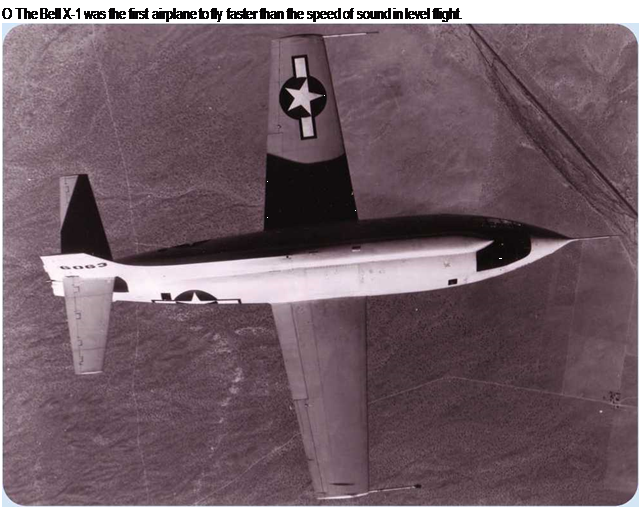The Fliers
After World War I ended in 1918, there were a lot of ex-military planes for sale and plenty of veteran pilots looking for jobs. Some of these pilots took up stunt flying and became barnstormers.
The most popular plane they flew was the Curtiss JN-4 Jenny, a wartime training airplane. Pilots could buy a Jenny and fly wherever they wanted to offer flying displays and rides.
Groups of pilots formed traveling shows, or flying circuses. Well-known groups included Jimmy Angel’s Flying Circus, the Five Blackbirds, the Flying Aces, and the Ivan Gates Flying Circus. Ivan Gates toured the United States and hired daring fliers such as Clyde “Upside-Down” Pangborn and Diavalo, “Supreme Daredevil of the Air.” Women barnstormers included Bessie Coleman, the first African American woman pilot; Gladys Ingle, who shot arrows from a bow while wing walking; and Mabel (or Mable) Cody, whose specialty was dancing on the wing. Charles Lindbergh, the first person to fly the Atlantic solo, and Wiley Post, the first to fly around the world solo, both spent time flying as barnstorming pilots.
Barnstorming made some pilots wealthy, but it was a tough, dangerous life. Finding fuel and parts for airplanes was not easy in rural areas, and planes
were not always safe to fly. Pilots traveled long distances, often going without sleep for days at a time. There were fatal accidents. Bessie Coleman was killed while practicing for a show. Lincoln Beachey crashed into the San Francisco harbor, and Ormer Locklear was killed flying a stunt for a Hollywood movie.
In 1927, the federal government tightened aviation laws to stop dangerous stunts and make sure that airplanes were properly maintained. The supply of cheap Jenny planes dried up, and the barnstorming era came to an end. Aerobatics and wing walking, however, can still be seen today at air shows.
SEE ALSO:
• Aerobatics • Coleman, Bessie
• Curtiss, Glenn • Lindbergh, Charles
_____________________________________________ J
 |
Bell X-1
Type: Rocket-powered research airplane.
Manufacturer: Bell Aircraft Corporation. First flights: January 19, 1946. (unpowered); December 9, 1946 (powered).
Primary use: Supersonic testing.
|
T |
he Bell X-1 was the first piloted aircraft to fly faster than the speed of sound in level flight. The flight took place on October 14, 1947.










